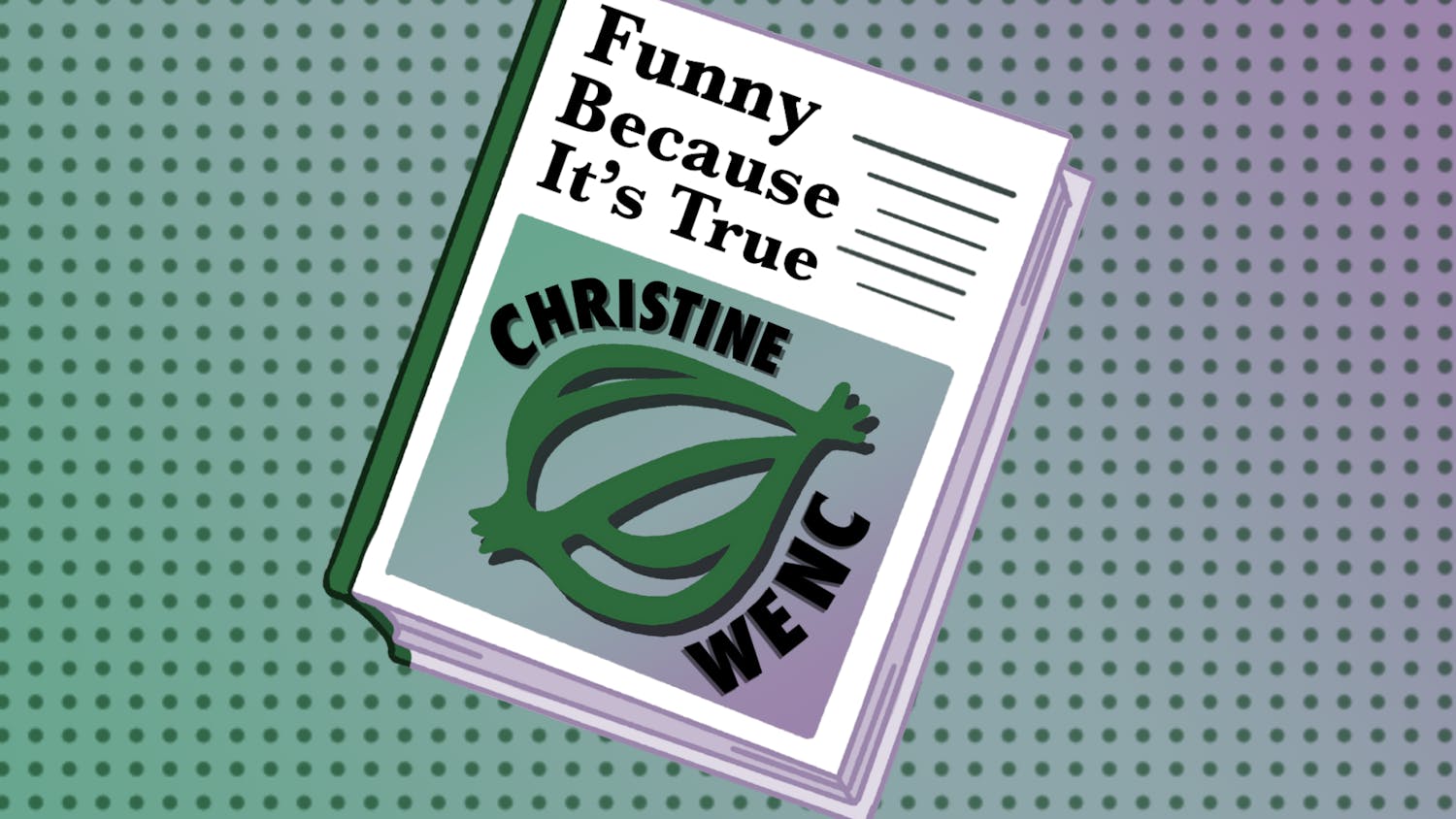The 2023 Wisconsin Film Festival's series of short films titled “Experiments,” shown at the Chazen Museum of Art earlier this month, demonstrated the power of short form film. While the featured shorts required extensive effort to achieve their visions through mediums such as stop motion, animation, 3-D rendering and film, their timestamps left audiences infatuated and curious.
To categorize experimental shorts as brief would undermine the time spent producing them. Owen Klatte's Golden-Badger winning animated short "Of Wood" took over six years to produce from conception to completion. The project required about 20 hours of work per week to create just seven minutes of animation, Klatte said in a Q&A.
In the short, Klatte meticulously carves a chunk of tree wood into an array of sculptures. A carving of a fallen acorn blossoms into a tree, and sculptures are dug out of the stump, spilling out into Klatte's workshop. The sculptures and carvings tell a vivid history of paper through an array of books, tools and a personified wood mannequin. This is all executed through frames of seamless animation.
Also using time as a main focus, Meggen Heuss and Johna Banal's "Surfacing, A Hedged Ephemera" captured the development of a film photo live while cast in front of rapidly changing natural landscape and infrastructure to convey a message of emergence and change.
The fast-paced films showcased interpretations of the natural world. Productions such as "Glee," Tate Bunker's wildly close-up depiction of night-time plants thriving among foliage and wildlife, is one such film. Bunker said during a Q&A he spent his nights during the COVID-19 pandemic in various gardens with a strobe light and vintage camera producing the short. It revealed an exciting tale of nature's endurance, liveliness and lifespan throughout the seasons in Wisconsin.
Also creating a vibrant depiction of nature throughout life's seemingly mundane yet monumental events, Sally Lawton's "The Red Tide" tells the story of finding a new home — and the fleeting thoughts that arise when charting unfamiliar territory. Vibrant imagery of the sea and greenery added to this exciting exploration of Sarasota, Florida.
A feeling of dystopia radiated throughout the theater when shorts, such as "Spectrum Spread" by director Sara Sowell, used imagery of Hollywood glamour in tandem with post-war destruction to portray the alarming dualities of American wartime. Mark Street's "The Grain of Belfast" documented the stirring nightlife in the Northern Irish city with a high grain camera, making use of dark, clouded imagery and creating a sense of danger on city streets. Ben Balcom's eerie "Looking Backward" used an empty building shrouded in cold to depict an abandoned "Utopian College," as stated on the “Experiments” site. The immersive, complex world of "Strange Industries" by Peter Bazeck sent viewers into a seemingly entirely new floating cyberspace. Viewers rapidly moved throughout entirely different settings as the festival progressed.
Short films' rapid paces are effective at producing feelings of uneasiness. In "Terrarium" by Kate Corby, a performer used their body to portray the feeling of being trapped as well as panic and hysteria in close confinement. In Alex Jacob's "Lake Time," glitched-out imagery of Lake Monona was used to mimic a five-minute span in which you "feel like you're in the middle of dissociating" and coming out of it, according to Jacobs.
None of the short films were explicitly traditional in their narratives or structures. Many embraced unconventional camera work. The "experiments" were short and sweet but rich in novelty.
When questioned during the after-show Q&A about his creative decision to end the animated short film "Ghost's Best Friend" with an emotional plot twist, director Michael Leffler asked, "Why should the audience care?".
As a filmmaker, he packed a punch in his short film by considering what would gain the attention of his audience in the latter half of his film which revealed the melancholic relationship between a ghost and a dog.
Ultimately, each short film presented different reasons for the audience to care, whether that meant wishing one could interpret the choices made by the filmmaker or by appreciating the immense work that made their short durations successful.






